Fishing Kayak Speed Secrets: Design & Gear Optimization

Fishing kayak design, featuring hydrodynamic shapes, lightweight materials like fiberglass and carbo…….
Kayaks: A Comprehensive Exploration
Introduction
Kayaks have long fascinated adventurers, historians, and environmentalists alike. This article delves into the world of kayaks, providing a thorough examination of their design, historical significance, global impact, economic importance, technological advancements, policy frameworks, challenges, case studies, and future prospects. By the end of this exploration, readers will have a comprehensive understanding of kayaks, not just as a means of recreation but as an integral part of culture, economy, and environment across the globe.
Understanding Kayaks
A kayak is a low-to-the-water craft traditionally propelled by a double-bladed paddle. The term ‘kayak’ comes from the Greenlandic word ‘qajaq’, which means ‘hunter’s boat’. These vessels are characterized by their narrow, elongated hulls and enclosed decks, which differentiate them from canoes. Kayaks have been used for transportation, hunting, fishing, and recreation. They are an adaptation of the original designs created by indigenous peoples in the Arctic regions. Today, kayaks range from traditional, skin-on-frame designs to modern, plastic or composite constructions suitable for a variety of purposes.
Global Impact and Trends
Kayaking has transcended its roots, influencing cultures and economies worldwide. The sport has seen a surge in popularity, with an increase in participation rates across continents. North America, Europe, Australia, and Asia have all embraced kayaking as a recreational activity, competitive sport, and means of environmental stewardship. The global market for kayaks has been driven by factors such as the growing interest in outdoor activities, eco-tourism, and the desire for healthy, active lifestyles.
Economic Considerations
The economic implications of kayaking are significant. The industry encompasses manufacturing, retail sales, tourism, and event organization. It creates jobs and stimulates local economies in regions where kayaking is a key attraction. Investment patterns reflect a trend towards sustainable materials and eco-friendly practices within the kayak manufacturing sector. The economic role of kayaks extends to their use in search and rescue operations, where specialized vessels are critical for coastal and riverine rescue missions.
Technological Advancements
Technological advancements have revolutionized kayak design and performance. Innovations such as advanced composite materials have significantly reduced the weight of kayaks without compromising durability. Hull designs have evolved to optimize speed, maneuverability, and stability. Additionally, modern kayaks are often equipped with features like integrated hatches, storage compartments, and improved rudder systems for better control. The future promises even more technological advancements, such as self-righting mechanisms, enhanced tracking, and kayaks specifically designed for different environments.
Policy and Regulation
Policies and regulations play a crucial role in the governance of kayaking activities. These include safety standards, environmental protection measures, and access rights to waterways. International bodies like the International Canoe Federation (ICF) set competition rules and standards, while local governments manage access and usage through legislation. Conservation efforts are also guided by policies that ensure the sustainable use of natural resources, recognizing kayaks as a tool for both enjoying and preserving aquatic ecosystems.
Challenges and Criticisms
Kayaking faces challenges such as environmental impact, accessibility, and safety concerns. The sport’s footprint on sensitive habitats has raised issues that require careful management to prevent ecological damage. Accessibility remains a concern for those with disabilities or limited financial resources. Safety regulations and paddler education are essential to reduce accidents and incidents on the water. Addressing these challenges involves a multifaceted approach, including better infrastructure, more inclusive practices, and ongoing safety training.
Case Studies
Several case studies highlight successful applications of kayaks across different contexts. For instance, the use of kayaks in wildlife conservation efforts has proven effective in non-intrusive monitoring and protection of endangered species. Another case study might focus on how economic development in a small coastal town was revitalized through eco-kayak tours, showcasing both the natural beauty and the local culture. These real-world examples underscore the diverse applications of kayaks and their positive impact.
Future Prospects
The future of kayaking is bright, with potential for growth in participation, technological innovation, and environmental advocacy. Emerging trends suggest a continued interest in paddlesports as a form of recreation and a means to promote ecological awareness. Strategic considerations for the industry include embracing sustainable practices, expanding educational programs, and continuing to innovate in design and materials. The role of kayaks in scientific research, search and rescue, and therapeutic settings is also likely to expand.
Conclusion
Kayaks have evolved from traditional means of transportation to modern symbols of adventure, environmental stewardship, and recreation. Their significance in various aspects of society—cultural, economic, and environmental—cannot be overstated. As the world continues to embrace kayaking, it is essential to address its challenges while celebrating its contributions to global well-being and sustainable living.
FAQ Section

Fishing kayak design, featuring hydrodynamic shapes, lightweight materials like fiberglass and carbo…….
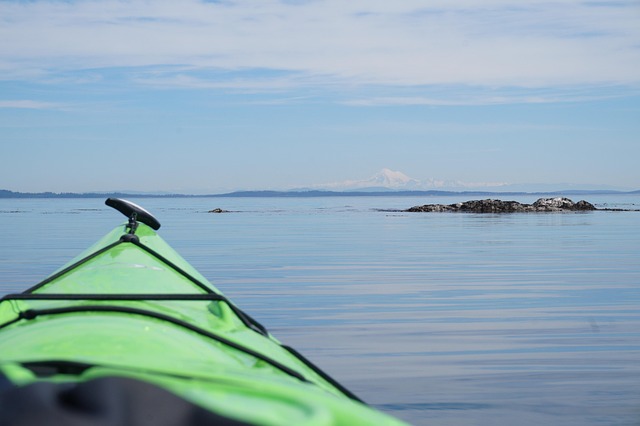
Fishing kayakers benefit from adjustable foot rests for comfort and stability. Customizable foot sup…….
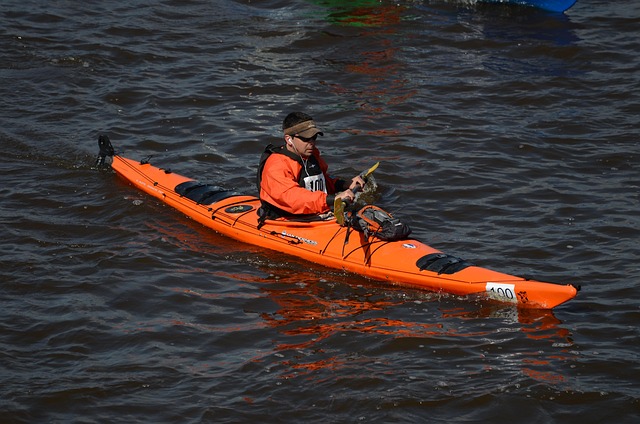
A fishing kayak combines stability, versatility, and comfort for an enhanced angling experience. Wit…….

Fishing kayaks require durable, impact-resistant shells made from high-quality materials like fiberg…….
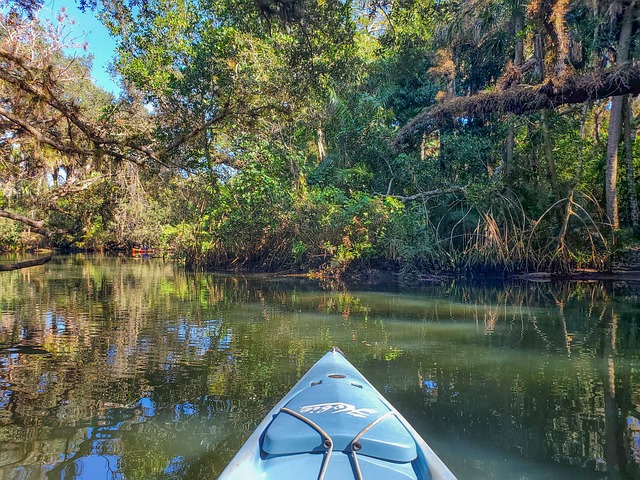
Impact resistance is key when choosing a fishing kayak. Materials like HDPE and composites offer str…….
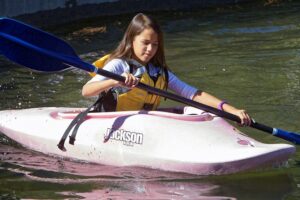
Choosing between single and tandem seating in a fishing kayak is crucial for comfort and performance…….
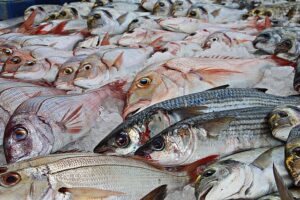
When shopping for a fishing kayak, consider your fishing style and environment (freshwater vs ocean)…….
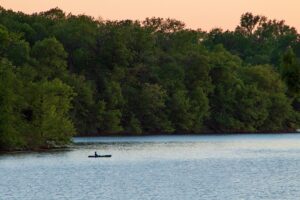
Fishing kayaks offer a unique blend of adventure and relaxation, allowing access to narrow rivers, c…….
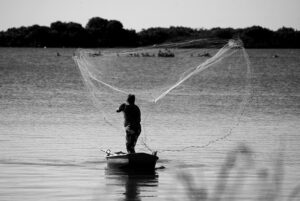
Fishing kayaks with foot rests offer enhanced comfort and stability for anglers, reducing fatigue du…….
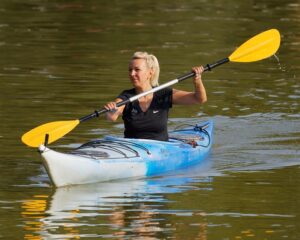
Adjustable seats in fishing kayaks revolutionize comfort and performance for enthusiasts. These cust…….